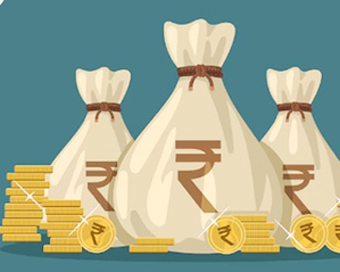| December 2, 2024 | IANS - Mumbai |

India attracted around Rs 4.5 lakh crore alternative investment funds (AIFs) in the H1 (April to September) financial year (FY) 2024-25 due to strong economic growth among the large economies.
Latest SEBI data compiled by ANAROCK Research indicates that out of a total of Rs 4,49,384 crore AIF investments made across sectors till H1 FY2025, real estate’s share was the highest at 17 per cent -- totalling nearly Rs 75,468 crore.
Other sectors benefiting from AIF investments are IT/ITeS ( Rs 27,815 crore), financial services (Rs 25,782 crore), NBFCs (Rs 21,503 crore), banks (Rs 18,242 crore), pharma (Rs17,272 crore), FMCG (Rs11,680 crore), retail (Rs 11,389 crore), renewable energy (Rs10,672 crore) and others ( Rs 2,29,571 crore).
Alternative investment funds in India have seen a substantial decadal increase in the number of funds available for investment. AIFs' overall commitment rose by over 340 per cent in the last six years -- from Rs 2,82,148 crore in FY 2019 to Rs 12,43,083 crore in H1 FY2025, reflecting increasing appetite for alternative investment strategies.
Between FY2013 to FY2024, the commitment raised in the AIF sector has maintained an impressive 83.4 per cent compound annual growth rate (CAGR), signalling its growing importance in the broader investment landscape.
Anuj Puri, Chairman of ANAROCK Group, said, "Total investments in the real estate sector via AIFs have risen from Rs 68,540 crore by FY 2024-end to Rs 75,468 crore in H1 2025. This is a significant 10 per cent growth in just half the financial year."
Puri further said, "A deep dive into the data reveals that the surge in AIF activity is largely driven by Category II AIFs, which include a mix of Real Estate Funds, Private Equity, Debt Funds, and Fund of Funds (FoF)."
Traditionally, domestic investors have been the primary source of AIF funding. However, foreign portfolio investors (FPIs) are also stepping up, especially in the case of Category II AIFs. In this category, FPIs now have almost equal participation alongside domestic investors.
Tweet












